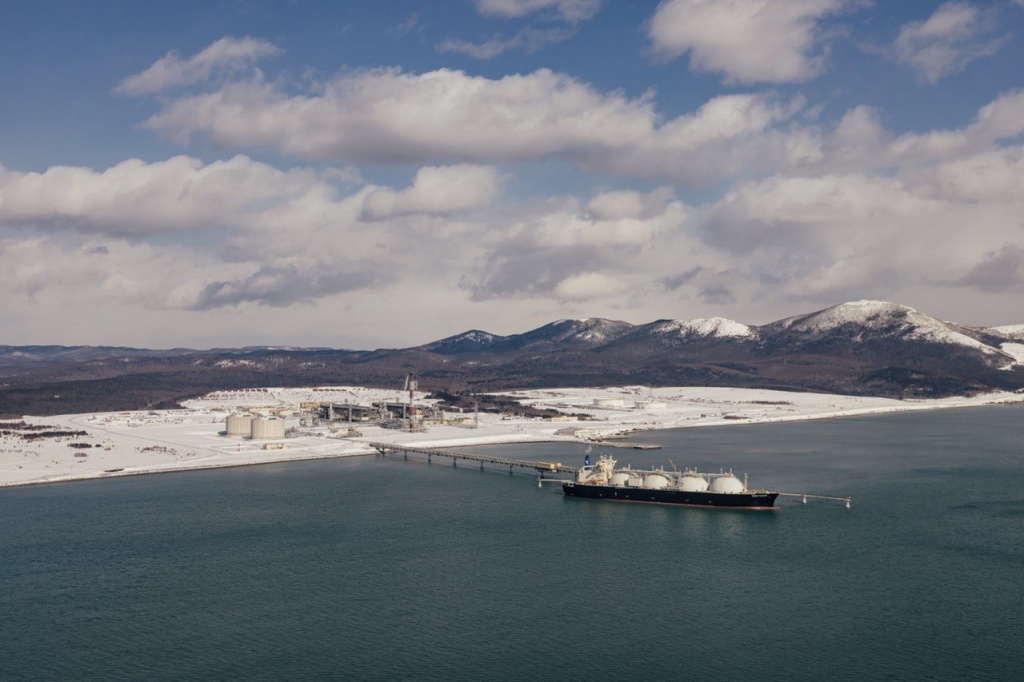
Piltun-Astokhskoye-A, Piltun-Astokhskoye-B and Lunskoye-A located in the Sea of Okhotsk off the north-east coast of Sakhalin faced the most extreme weather. It is in the open sea that the wind generally becomes the strongest.
“We reviewed the plan of activities in detail back in late 2021 with due consideration of the weather forecast. Special focus was placed on high-risk activities, with some of them deferred. For instance, the scope of operations at the platform’s exposed space were minimised. We entered 2022 in a snow storm, and strong wind was our company for several days in a row,” – says Andrey Klimov, PA-B OIM.
Proper activity planning with a focus on safety allowed to avoid any emergency along the whole production chain that runs from north to south of Sakhalin Island and terminates at Prigorodnoye production complex.
“Our main point was to ensure maximum production while maintaining steady process operations. The asset status was continuously monitored by a duty team. Every morning, toolbox talks were held, activities that had taken place in the previous 24 hours and plans for the forthcoming day were discussed, weather conditions were assessed, and relevant measures were taken,” – says Anna Shapovalenko, Head of Operations Support at Prigorodnoye asset.
According to Viatcheslav Kivaev, Prigorodnoye Marine Superintendent who was on the duty team, on New Year’s Eve, a cargo of liquefied natural gas (LNG) was being loaded onto the Amur River carrier. The ‘New Year’ LNG cargo was then sent to South Korea. Zaliv Aniva became the first oil carrier in 2022 to visit Prigorodnoye.
“The plan was updated when required. For example, when the storm was approaching, we decided to moor Grand Aniva at the jetty a day earlier. It allowed us to avoid demurrage at anchorage, as no port tugging can be performed under adverse weather conditions. On 4 January, the storm was at its worst. However, the safety of operations was not impacted, and we went through the storm without any incidents,” – said Viatcheslav Kivaev.
In early 2022, the company shipped five standard LNG cargoes and two oil cargoes to its customers in South Korea, Japan and China. One standard LNG cargo is equal to 65,000 tonnes, and one oil cargo is 700,000 barrels.



